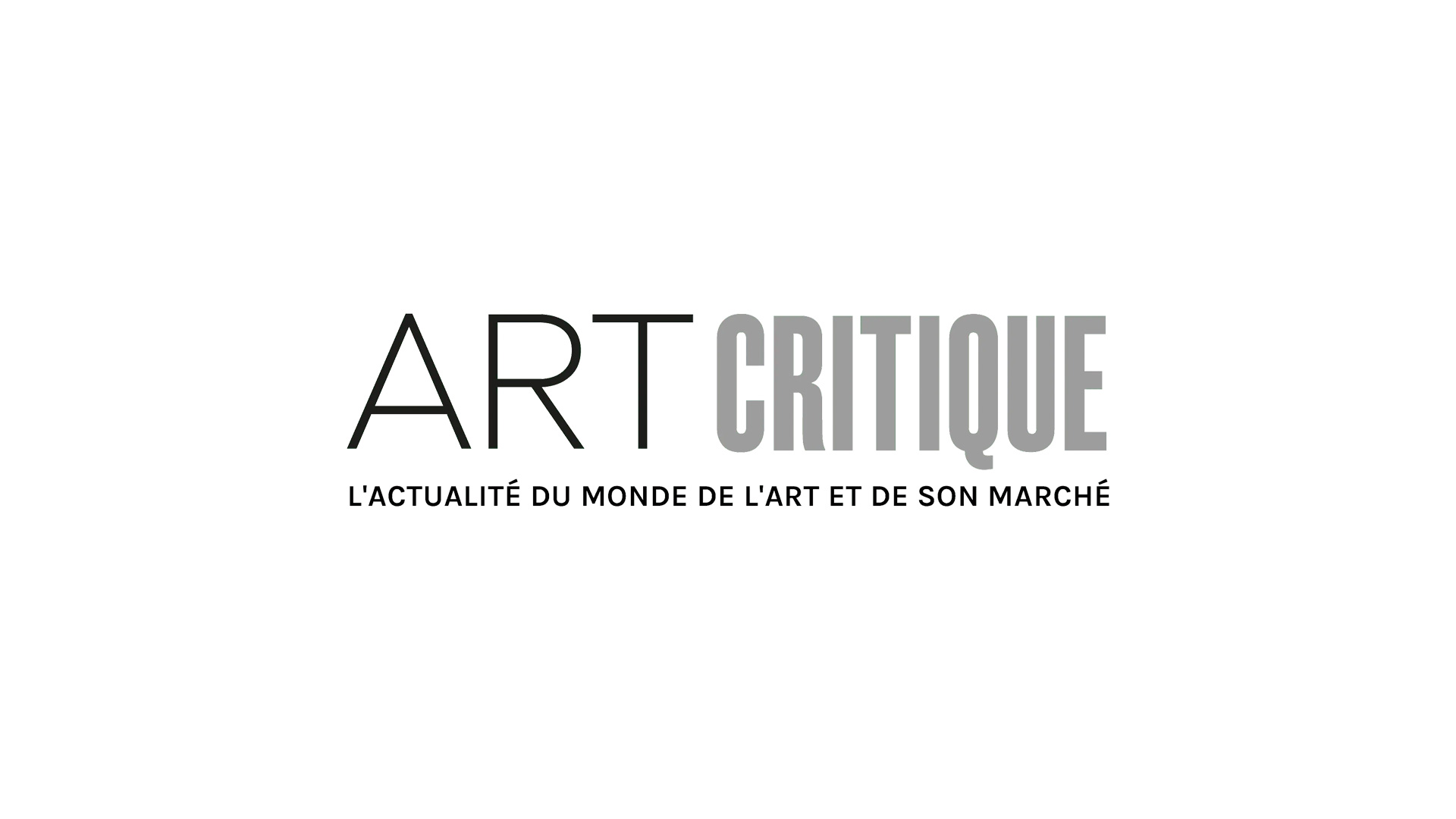An amateur, according to Émile Littré’s Dictionnaire de la langue française, is “someone who pursues the fine arts without making it their profession”. It might also be a public figure like Winston Churchill who painted for pleasure or an essayist like British art historian Hugh Honour who, outside of academia, published reference books on neo-classicism.
Patrick Mauriès, a writer, editor, bibliophile and collector is heir to this fine tradition. For decades he has been following the lesson from his friend Roland Barthes who told him “to embrace one’s eccentricities, to let this fantasy describe you, to conform, in the gentlest way possible, a value of life and creation”. In 1981 he launched a magazine called Le Promeneur with his friend Michèle Hechter and with the support of the great esthete Franco Maria Ricci. For 10 years this publication, inspired by 18th century journals (especially The Ramblers by Dr Johnson), offered rare texts, meticulously displayed and annotated, and laid out by Milanese designer Luigi Cerri, to a sophisticated public. Le Promeneur then became a publishing house within the Quai Voltare group before being sold to Gallimard in 1991.
No less than 300 titles were published, most of them translated, under the Le Promeneur trademark. The series was sponsored by two patrons: a dandy and an eccentric. Phillipe Julian, a historian and eminent practitioner of French dandyism, published the series together with “libertine” François Sentein who, in the midst of the apocalypse, had recorded his precious Minutes – minutes where, with his head on the chopping block, he asked for the executioner’s mercy. Among the heirs of the great Victorians, Lytton Strachey lead the way accompanied by Edith Sitwell, chronicler of the English Eccentrics. At the intersection of the French and English market is none other than Mario Praz. The brilliant author of The Pact with the Snake elevates Neo-classical taste by describing his palace on the via Giulia, a style that can be found in the apartments of the Palazzo Primoli.
As a matter of fact, Italy enjoyed a unique standing in the secret cartography of amateurs. Just as everything inescapably led to Rome or Venice during the Enlightenment, Le Promeneur’s catalogue constantly sent the secret society of its readers back beyond the mountains. The most informed critics played the part of tour guide all through the gallery of masterpieces, whether they were drawn by hand (Alberto Saviono) or through the power of observation like the great Federico Zeri, author of the aristocratically arrogant I confess I was wrong. Following close behind the pair are some of the best transalpine writers: Gadda, Palazzeschi, Manganelli, Flaiano, Consolo, Soldati and more. It is rare to find – actually it’s impossible to find – in the panorama of modern publishing, a collection so consistent in its quality. What sets the amateur apart is their instinct, and Le Promeneur’s instincts have been so consistent over the years that it never allowed itself to descend into tastelessness.
All the major names are represented here, whether it is Pierre Klossowski, secret master of the modernity, or Olivier Larronde who, as anyone who doesn’t teach poetry knows, is one of the most influential poets of the second half of the 20th century. Standing alongside them are some rarities, the second-tier authors whose names serve as a secret code among real book lovers. Some names are from the recent past such as the esoteric Marcel Moré or the affable Baron Mollet, while others are from long ago like the scholarly yet unbearable Bouchard, who travelled to Greece to tell of horrors. The artist best represented in the Le Promeneur catalogue, Pierre Le-Tan, singlehandedly resurrected the spirit of the ragtag group. Le-Tran is as precise as he is capricious: precise because the devil is in the details, and an amateur would not want to miss meeting such a well-informed visitor yet capricious because it’s more about dreaming than knowing – or more precisely acquiring through daydreams a knowledge that no school could ever teach.
It would be a mistake to categorize Le Promeneur as an escape from an apolitical and skeptical world. In the age of utilitarianism, there is nothing more militant than a defense of the frivolous. When the bookstore wants to sell –at any price–Patrick Mauriès offers something to fill the night’s silence. And he doesn’t deny that the title of his 1988 collection, Gays saviors, is a direct attack on the hateful stupidity of the bourgeoisie. Mauriès’ work, along with a collection published around the same time by Didier Éribon, represented the first French entries into the field of Gay and Lesbian studies.
It is not an overstatement to declare that Le Promeneur probably constitutes the finest collection of books of the second half of the 20th century. Each title is worth mentioning and discussing at length. The fact that it was dropped by Gallimard a few years ago, is quite significant. It marks the end of an era. Gaston’s heirs, now indebted to Harry Potter, only seem to be interested in immediate profitability. The idea of something being free will topple the last mainstays. Does that necessarily mean that amateurs, in the strict sense of the term, are condemned? Probably not. They are stubborn and if we deny them a place to call home they will simply go into hiding. That’s where those who look for them will find them.






